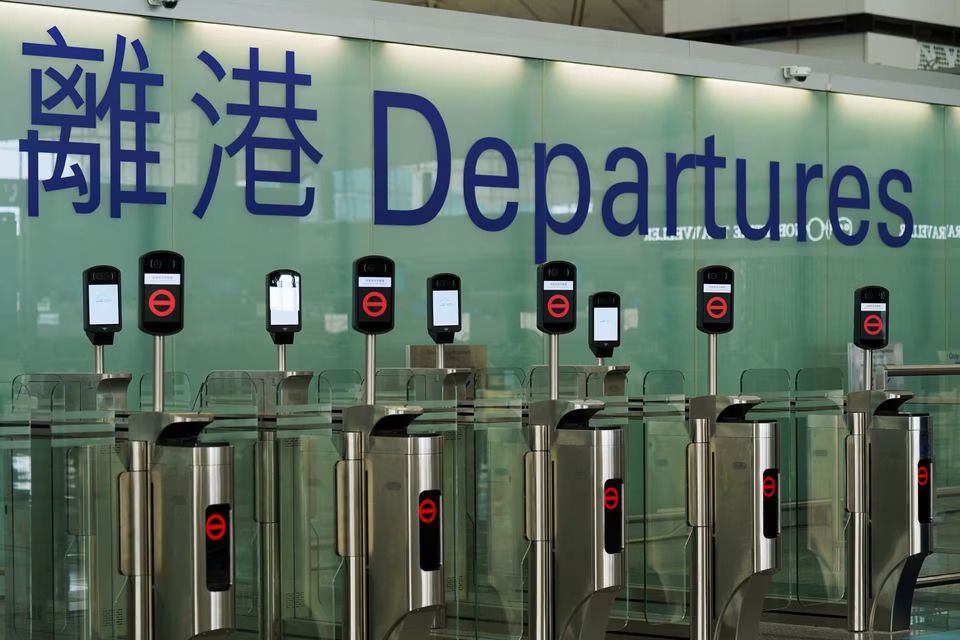The bumpy road to recovery for Hong Kong's aviation industry
Before the pandemic, Hong Kong was teeming with visitors from all over the globe.

A few minutes every morning is all you need.
Stay up to date on the world's Headlines and Human Stories. It's fun, it's factual, it's fluff-free.
The backstory: Before the pandemic, Hong Kong was teeming with visitors from all over the globe, and its airport was ranked as the third-busiest in the world when it came to international passengers. This brought in US$33 billion each year, making up about 10% of Hong Kong's GDP, according to a report by the International Air Transport Association in 2018.
But then, COVID hit the city like a ton of bricks. Restrictions set in, and airlines had to let go of a lot of their staff. Unlike other popular travel spots like Singapore and Japan, Hong Kong took a while to loosen its restrictions, which were some of the toughest in the world. For example, it wasn't until last September that mandatory hotel quarantine for new arrivals was lifted.
More recently: Despite fewer COVID curbs, January's air traffic movement was only at 44% of what it was four years ago. According to the Civil Aviation Department's data, passenger numbers have also taken a hit, with only 32% of the usual amount.
The development: This is because the airport is dealing with a big obstacle – staffing shortages. According to the Airport Authority's latest stats, the airport is operating with 32% fewer employees than in pre-pandemic times. This labor drought is causing delays in opening up flight routes, throwing a wrench in the plans of big airlines and local start-ups alike, including Greater Bay Airlines.
Also, the city's in-town check-in service is still closed, indicating that the recovery process is progressing slowly.
Key comments:
“The substantial loss of manpower is the crucial factor affecting the aviation industry,” said lawmaker Perry Yiu, who represents the tourism sector. “The shortage not only includes pilots, flight attendants and engineers, but also ground staff and grassroots workers.”
“We are now lacking hands, we need to fill vacancies,” said Yolanda Yu, vice-chair of the Board of Airline Representatives of Hong Kong.
“In Hong Kong we would love to operate two flights, one from Melbourne, one from Sydney,” said Alan Joyce, Qantas CEO, at a media briefing. “They can’t handle that at the moment. So we have had to revert to one from Sydney.”




Comments ()